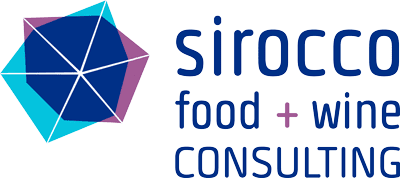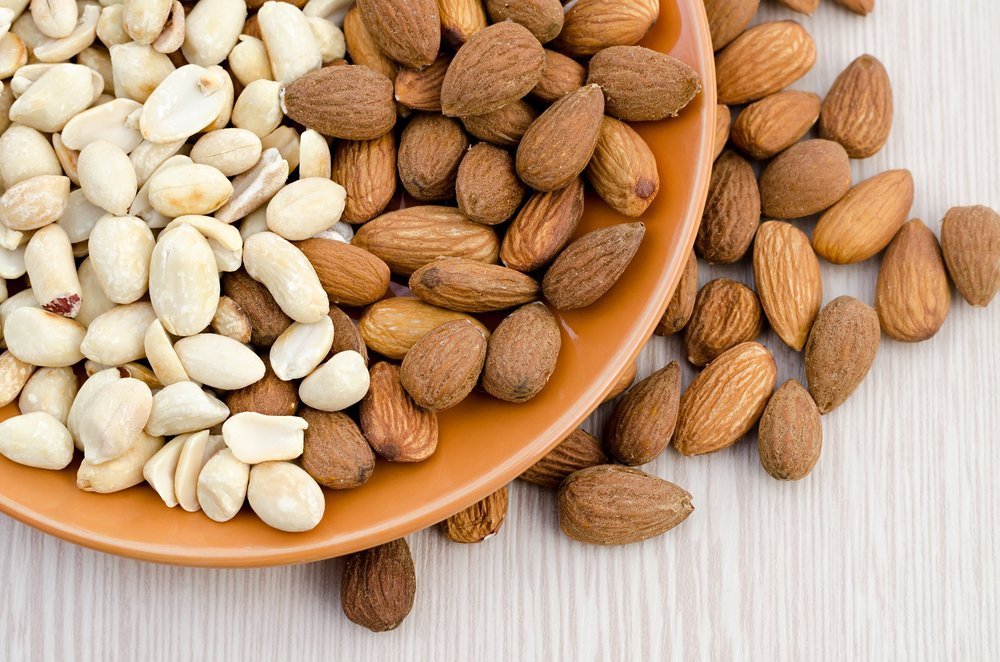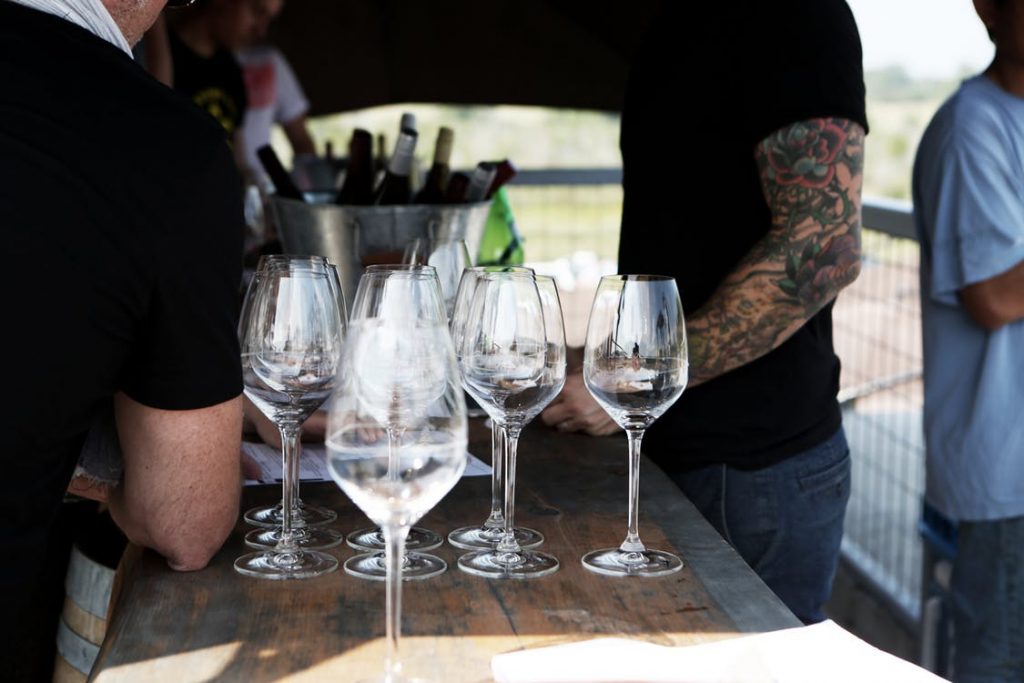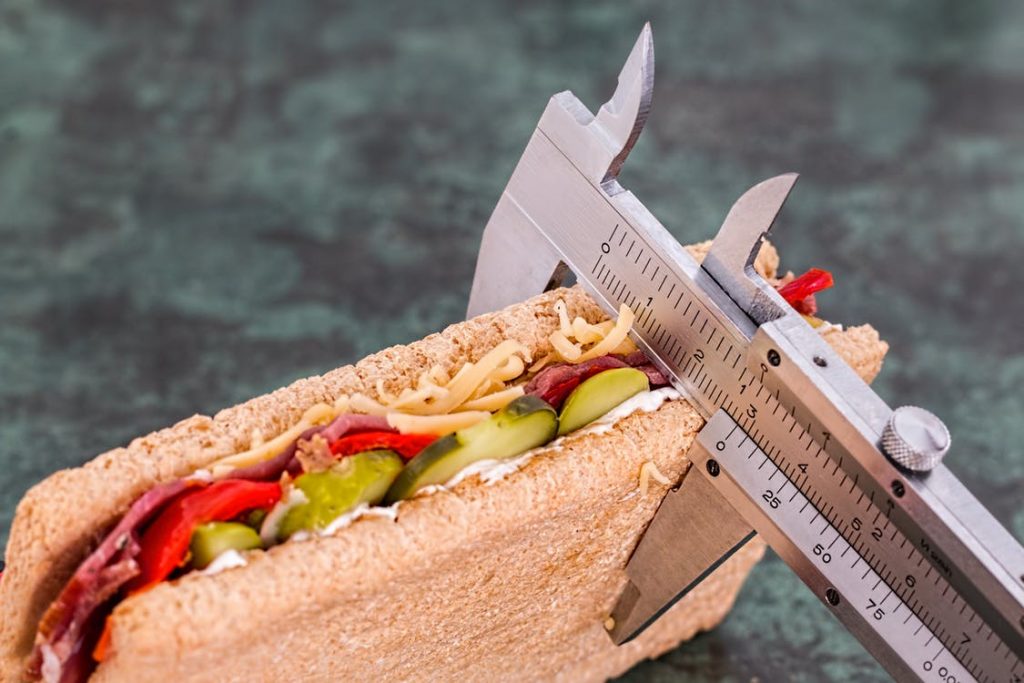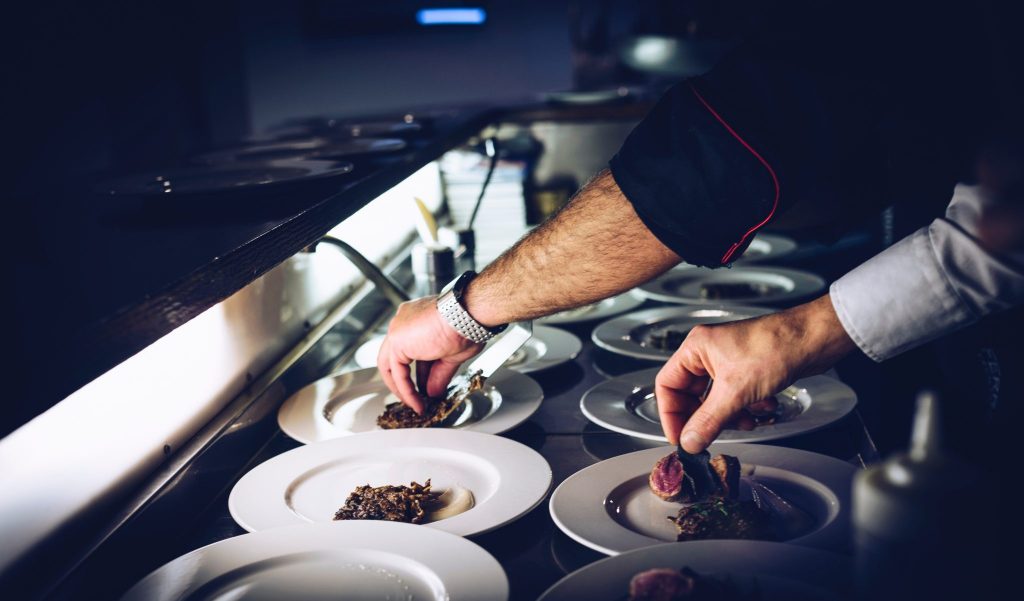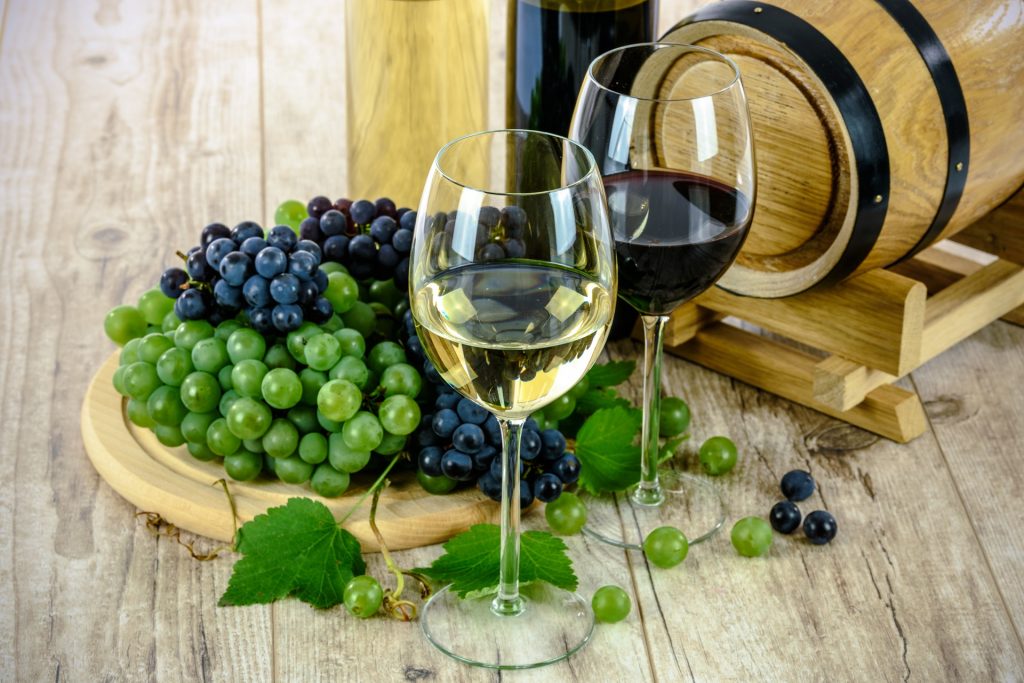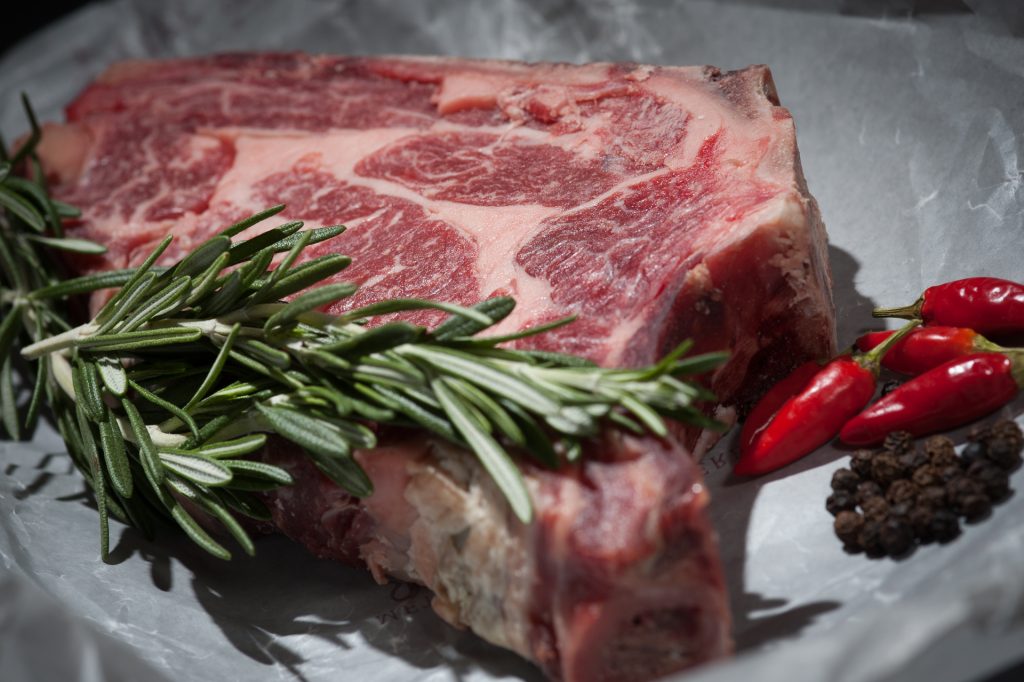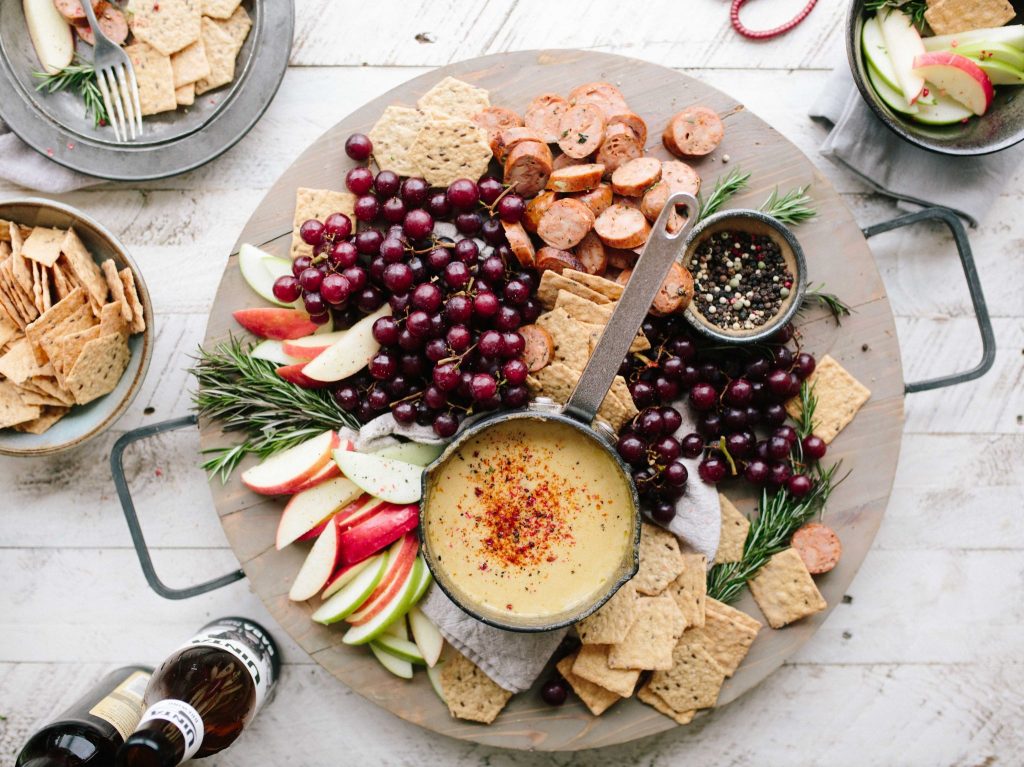In a previous sensory blog post (Sensory analysis of food for quality control and assurance applications – A review of ASTM MNL14 standard), we identified the necessary steps to the creation of a robust food sensory evaluation program as part of a Quality Management System (QMS). This subsequent post is intended to complement the previous…
Quini Wine-Tasting App, a sensory scientist’s review
Wine consumption in Canada is on the rise. A Vinexpo report indicates that consumption of wine in Canada grew three times larger than the global average during the period 2007-2001. This trend has also fueled the need for more wine education courses. In the last 5 years, the number of wine enthusiasts taking the Court…
Allergen control under HACCP
In the last few years, industry has increased its food safety efforts towards better identification and control of allergens. Food allergy is an abnormal immune response to dietary components, usually proteins. It is reported that 4% of the Canadian population is affected with approximately 150-200 deaths per year due to anaphylaxis in North America. According…
Increasing awareness of sensory analysis in the wine industry
The Australian Wine Research Institute concluded their 7-year Research, Development and Extension (RDE) Plan and released their study findings this year. The Institute, a private organisation owned by the Australian wine industry, was established in 1955. Created “to advance the competitiveness edge” of the wine sector, the AWRI currently plans to support the sales of…
Developing innovative products through the integration of sensory science and marketing
The need to integrate sensory and consumer research in product development is an emerging trend in market-driven industries and is particularly applicable to the food and beverage sector. The well-known market researcher and sensory scientist Howard R. Moskowitz published on the subject ten years ago. He co-authored alongside Jacqueline H. Beckley and Anna V. A.…
New Food Safety Regulations – An Update
Earlier this year, I posted an article on upcoming food safety legislation stemming from the Food Safety Modernization Act (FSMA) and Safe Food for Canadians Act (SFCA). As part of the Healthy and Safe Food Regulatory Forum, the Canadian Food Inspection Agency has now released an overview of the proposed Safe Food for Canadians regulations.…
Culture of quality, continuous improvement tools in the food industry
In its September issue, ASQ’s Quality Progress addresses the importance of Quality in business culture. The article references a white paper published by Forbes Insights: Culture of Quality: Accelerating Growth and Performance in the Enterprise. The Forbes study, conducted in partnership with ASQ, reveals that world-class organisations successfully integrate quality into their business strategy to…
Wine Adjustment By Tannin Supplementation – A Case Study
Nuance Winery Supplies contracted the services of Sirocco Food & Wine Consulting to conduct sensory evaluation on wine adjusted with enological tannins (Vason Enologica). A fruit-forward low astringency Chilean Cabernet Sauvignon was used as the wine base and control for the study. Three finishing tannin kits were selected for tannin supplementation. The tannin-enhanced wines were…
Sensory analysis of food for quality control and assurance applications – A review of ASTM MNL14 standard
For food and beverage manufacturers, the decision to establish a sensory analysis program in the context of QA/QC activities depends upon business objectives and customer requirements. A successful implementation of a sensory analysis program fits the Plan-Do-Check-Act (PDCA) cycle or Deming wheel. Another model on which to qualify the need for a sensory analysis program…
Sensory evaluation for food quality control – How to meet SQF (level 3) requirements
Food and beverage manufacturers are increasingly recognising the value of Quality Management Systems (QMS) as a way to meet customer requirements and remain competitive. Companies who are thinking of going the QMS route have to define product quality and establish sensory specifications. While quality products may be defined as “free of taint” and “wholesome” during…
